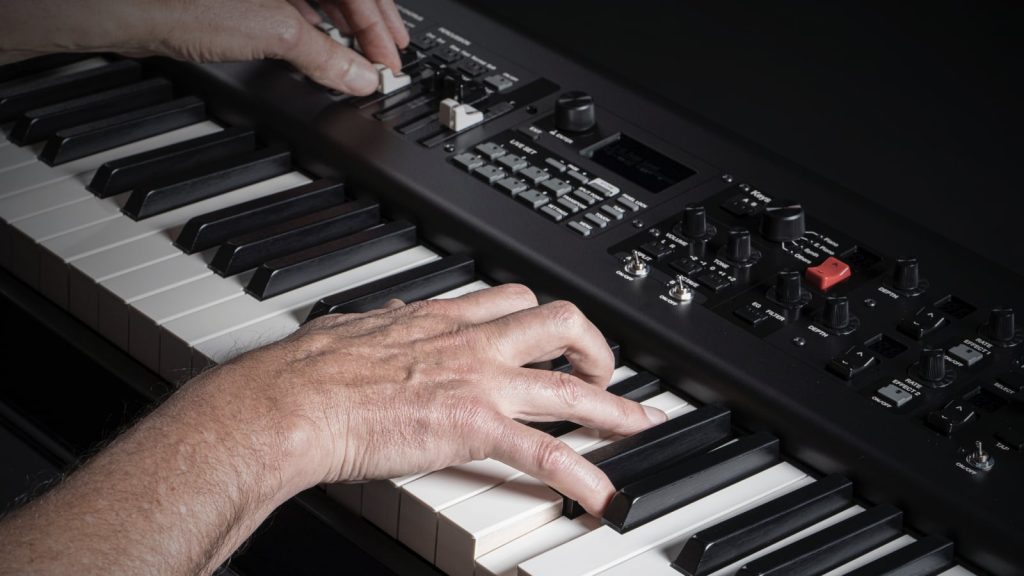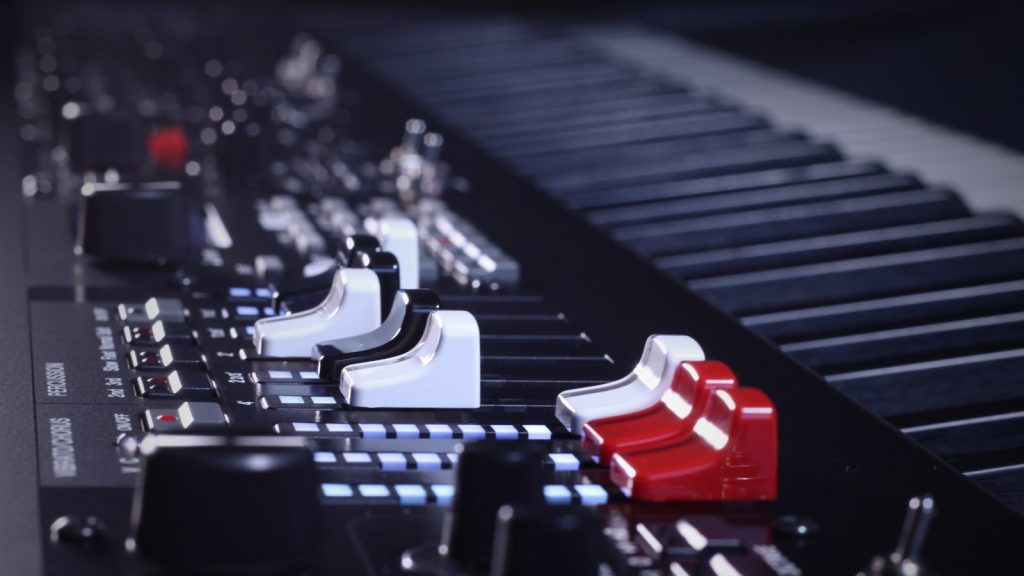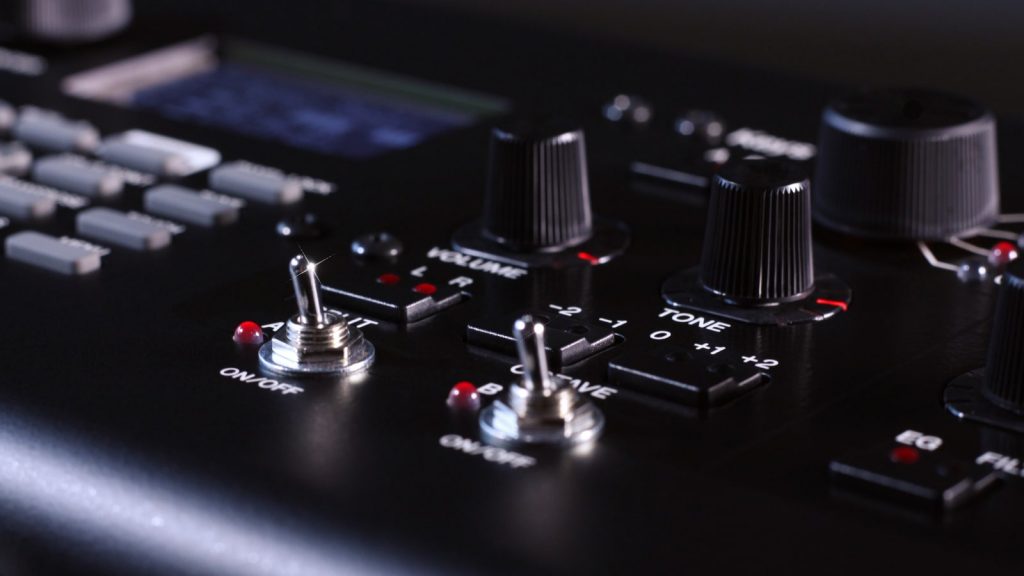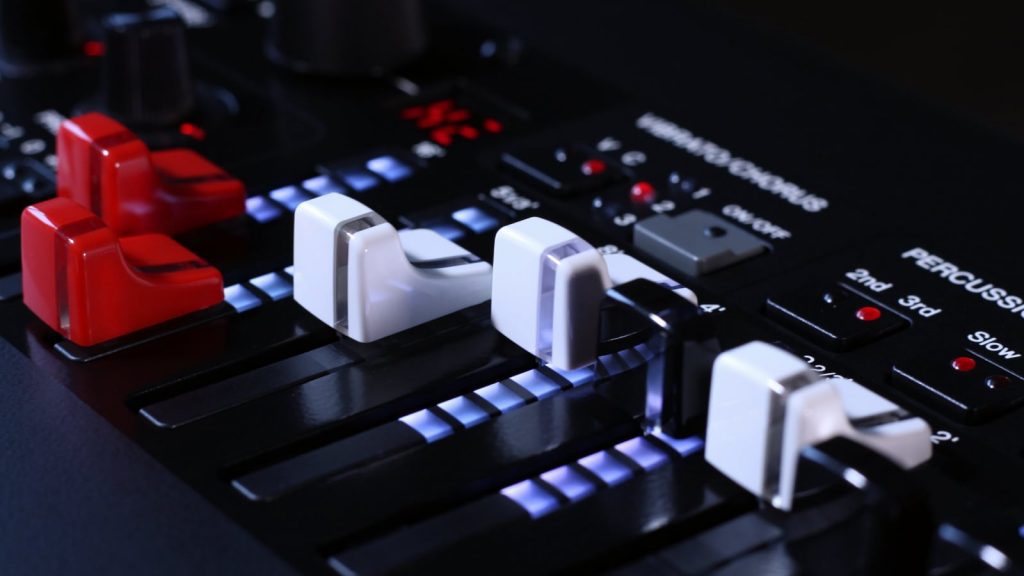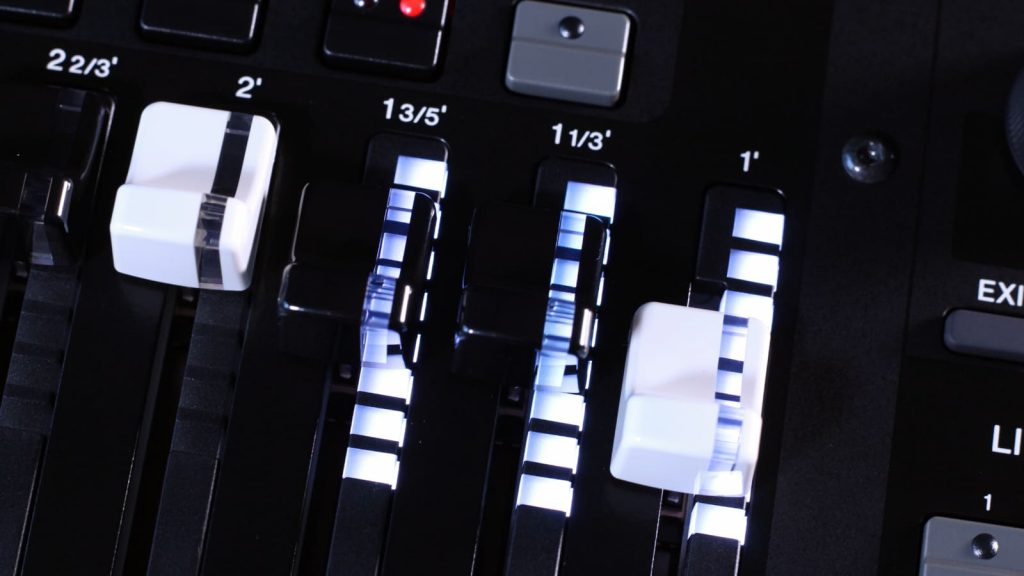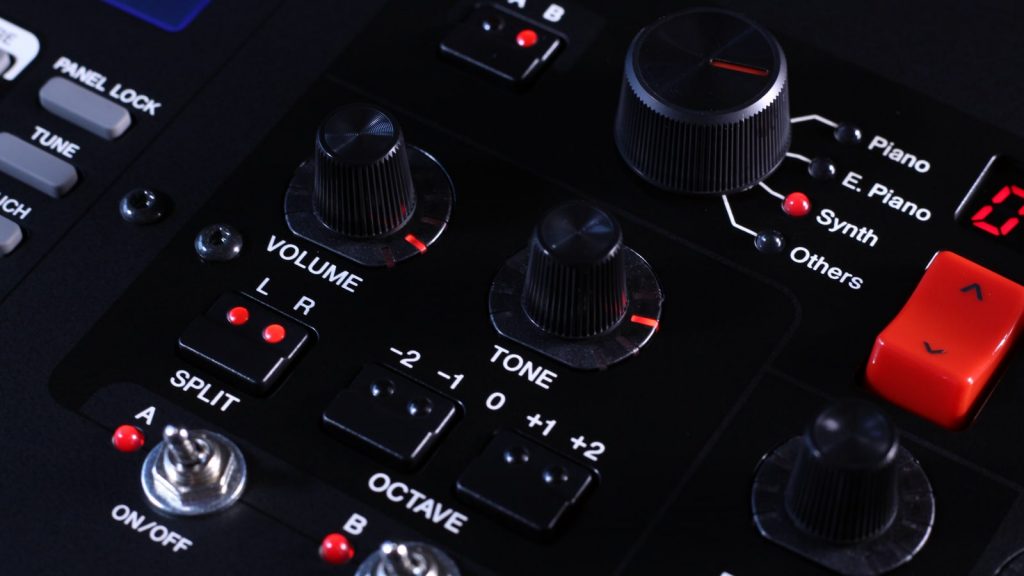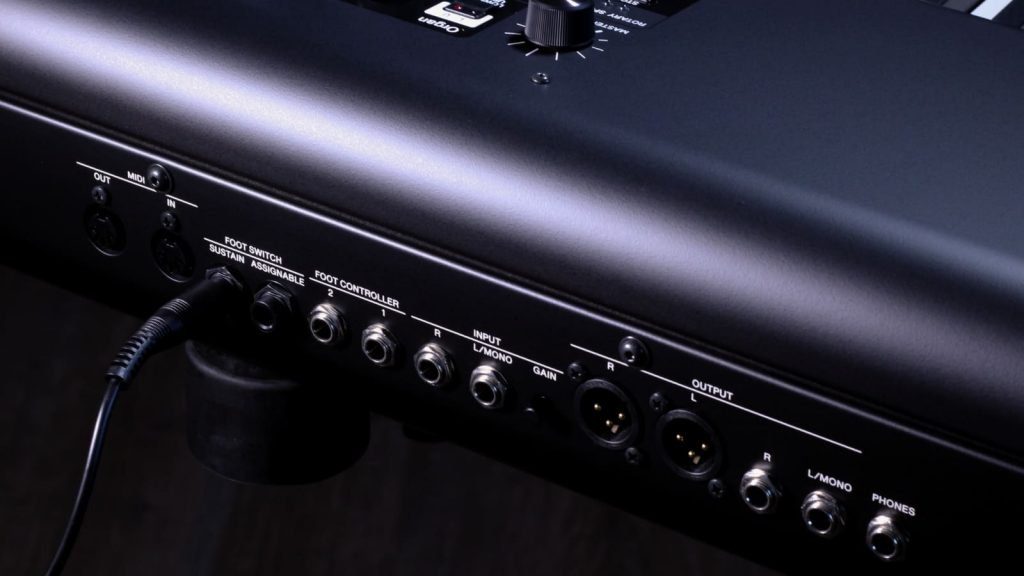Yamaha YC88: A Stage Keyboard for Every Situation
The Yamaha YC88 is the ideal all-in-one solution for musicians who prefer a streamlined stage keyboard setup. With its sophisticated drawbar organ section, the YC Series is the perfect choice for live performances. Whether you’re playing organ, piano, or synthesizer, all YC models are designed to deliver the right sound for any moment. Each of the three YC models combines three different sound engines:
- VCM: Yamaha’s Virtual Circuit Modeling technology produces realistic vintage organ sounds.
- FM: Since groundbreaking synthesizers like the legendary DX7, FM synthesis has served as an endless source of unique sounds, including iconic organs that the YC models excel at reproducing.
- AWM2: Yamaha’s AWM2 sampling technology is synonymous with clear and powerful stage piano sounds, ranging from acoustic grand pianos to classic vintage electric pianos.
The impressive polyphony of the YC stage keyboards adds to their versatility: There are 128 voices for both VCM and AWM2, with an additional 128 voices for the FM sound generation.
In total, this results in 140 sounds–ample variety for live performances. Numerous effects further enrich the selection for an authentic sound. In addition to insert effects such as chorus, phaser, flanger, drive, and rotary, there are also reverb and master EQ settings.
Live Use and Portability
When live performances are a priority, the weight of the instrument becomes crucial. Naturally, the 61-key version is the most portable, weighing in at only 7 kg. At just under 19 kg, the YC88 isn’t the lightest option available, but don’t underestimate its 88-key hammer action keyboard. It plays exceptionally well, even though it comes at a considerable weight.

